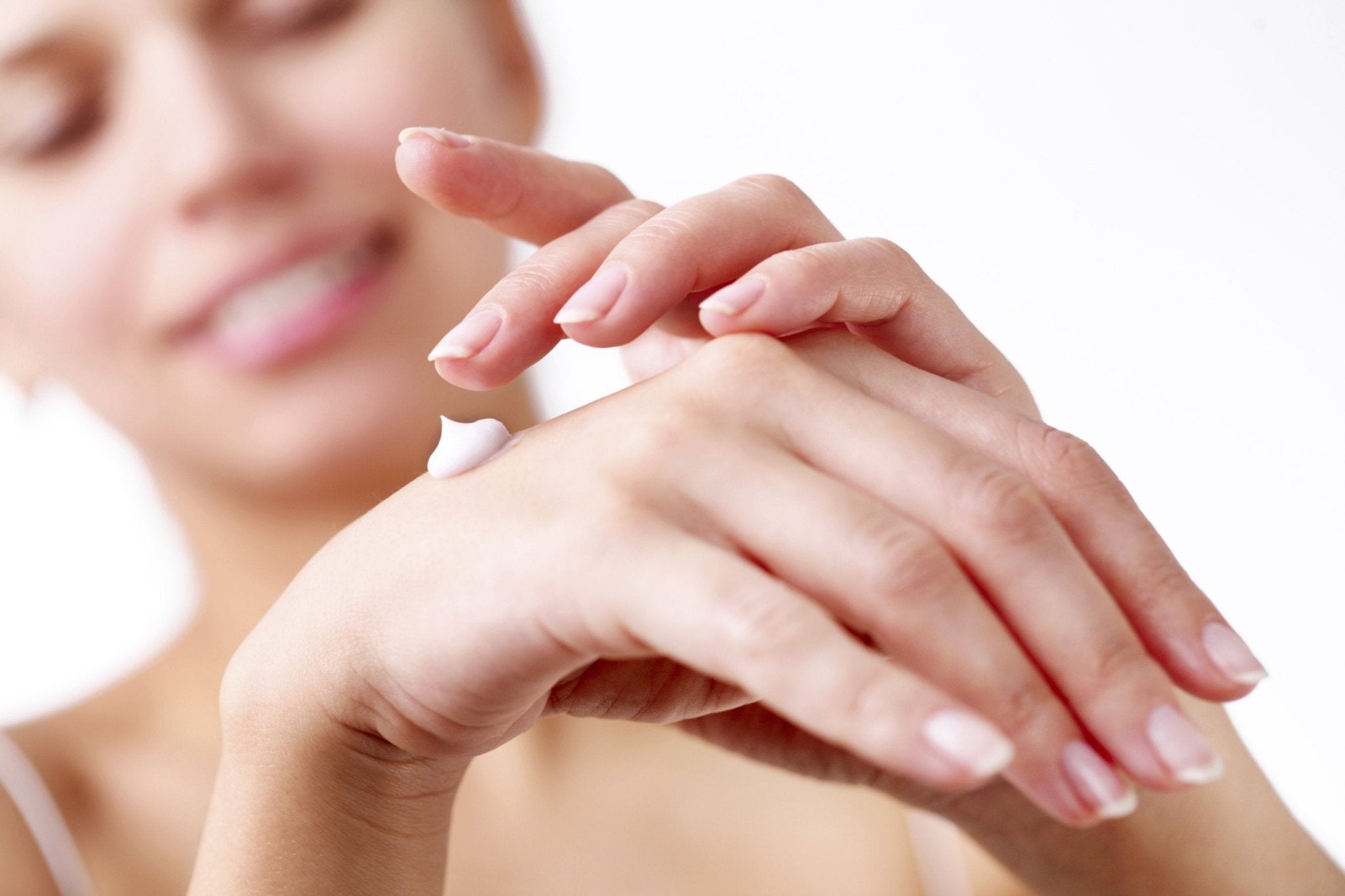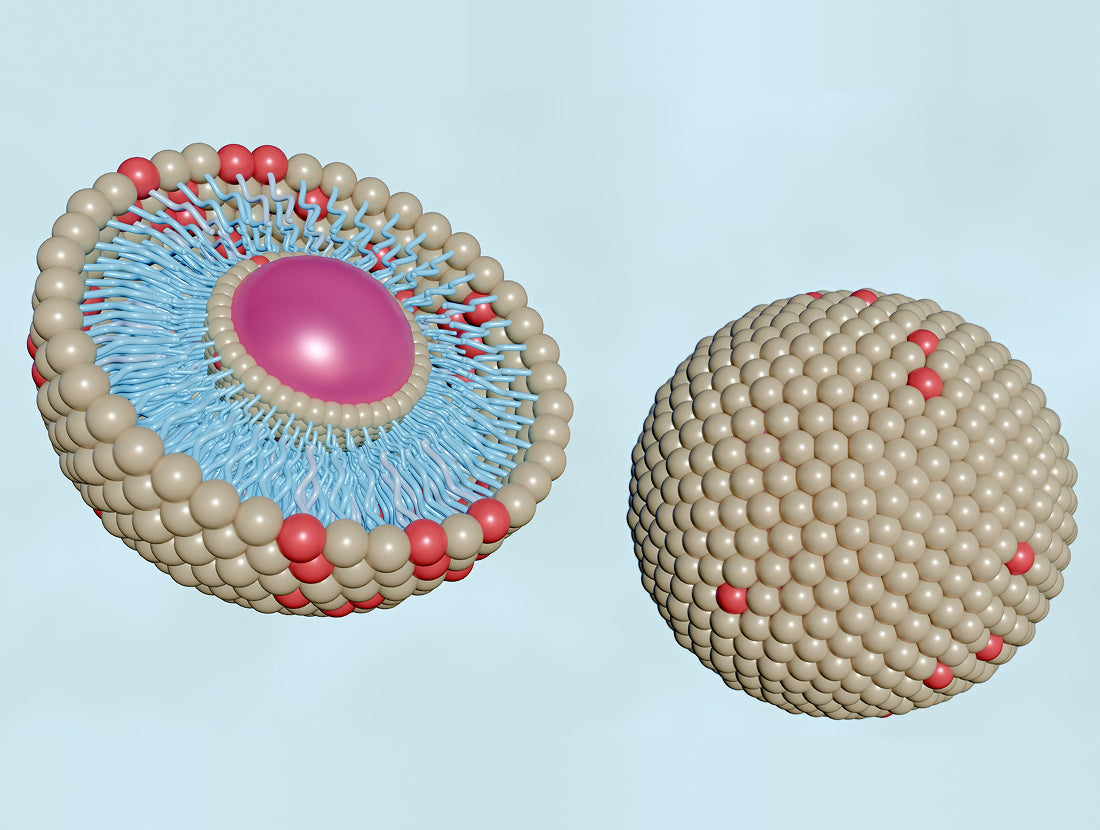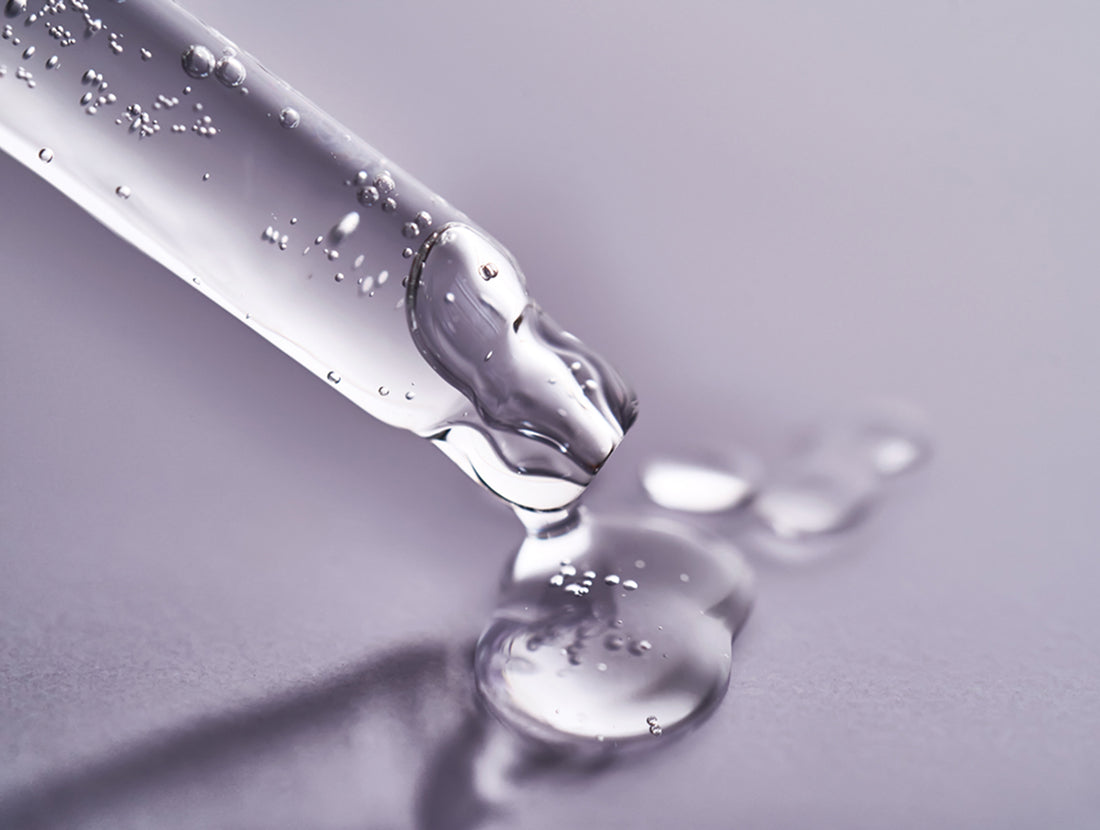Dr. Glaser, of the American Academy of Dermatology, put it best, “Women tend to forget about the hands when caring for their skin, but hands often can reveal a person’s true age.” Numerous factors can contribute to the wrinkling, age spots, poor texture and overall damage of the hands, some of which factors may be prevented or alleviated through skin care efforts.
How to Make Your Hands Look Younger
Use an Exfoliating Hand Cream
There are a handful of exfoliating ingredients that renew dull and aging skin. Dabbing a bit of retinol to the back of the hands or using a hand cream infused with alpha hydroxy acid will encourage cell renewal and boost collagen production. The hands are one of the hardest areas to treat because they lose volume, muscle tone decreases and there are minimal sebaceous glands, but a daily treatment cream will help the appearance of aging skin.

 Our Pick: Restorsea PRO Intensive Treatment 10X - Hand Cream. This quick-absorbing cream uses the anti-aging exfoliating ingredient, Aquabeautine XL, an enzyme obtained from the water of hatched salmon eggs, to sloughs off dead skin cells while leaving the healthy skin cells intact.
Our Pick: Restorsea PRO Intensive Treatment 10X - Hand Cream. This quick-absorbing cream uses the anti-aging exfoliating ingredient, Aquabeautine XL, an enzyme obtained from the water of hatched salmon eggs, to sloughs off dead skin cells while leaving the healthy skin cells intact.
Moisturize Throughout the Day
Cracking, dryness and rough patches of skin are not only uncomfortable, but will age the appearance of your hands. The best way to keep dryness at bay is to moisturize, and then moisturize some more. Choose a hand moisturizer that contains soothing ingredients such as glycerin, ceramides, shea butter and hyaluronic acid. Remember to apply the moisturizer after washing, as soaps can have a drying effect; after exposure to frigid air; and before sleep when your hands are least likely to touch anything, allowing the product to sink in.

 Our Pick: jane iredale HandDrink Hand Cream SPF 15. Hydrate dull, cracked and crepey hands with HandDrink, an antioxidant packed, glycerin-based hand cream that replenishes the skin and erases dark spots.
Our Pick: jane iredale HandDrink Hand Cream SPF 15. Hydrate dull, cracked and crepey hands with HandDrink, an antioxidant packed, glycerin-based hand cream that replenishes the skin and erases dark spots.
Apply Sunscreen Everyday
Age spots start to pop up on the hands for those nearing their 50s, but what many people are finding out is that age spots are not produced simply due to the growing number of years you’ve been alive (as the name would suggest), but are actually produced by damage caused by year after year of UV sun exposure. Hands are rarely ever covered, but are always exposed to the sun and elements, so adding a physical or chemical barrier of sunscreen to the top of the hands is a must. Apply sunscreen of SPF 30 or greater to the hands every 2 hours or after each wash when spending the day in direct sunlight.

 Our Pick: EltaMD UV Lotion Broad-Spectrum SPF 30+ ($34). A moisturizing sunscreen that guards the entire body against UVA (aging) and UVB (burning) sun rays and prevents sunburns, photo-aging, and skin cancers.
Our Pick: EltaMD UV Lotion Broad-Spectrum SPF 30+ ($34). A moisturizing sunscreen that guards the entire body against UVA (aging) and UVB (burning) sun rays and prevents sunburns, photo-aging, and skin cancers.
Noninvasive Cosmetic Procedures
Unfortunately, if your skin has already begun to show signs of aging or if you are genetically more susceptible to fine line and wrinkles, topical creams can only reverse so much wear and tear in the long run. In-office cosmetic procedures will provide long-lasting results with minimal down time. Filler injections, laser treatment, fat transfer and vein removal may appeal to those looking to transform their hands though cosmetic procedure.
What you Need to Repair Aging, Damaged and Dry Hands
- Sunscreen of SPF 30 or greater
- Chemical exfoliant hand cream (retinol, alpha hydroxy, etc.)
- A rich, everyday moisturizer
- Gloves- as a sun barrier or protection during strenuous activities
Can You Use the Same Products for Both Hands and Face?
For the best results in preventing hand aging and dryness, choose a product specifically formulated for the hands. The skin of the face and the rest of the body differs in three major ways that must be addressed when choosing the most effective hand cream and hand moisturizer.
- Volume- Hand skin has minimal muscle tone and fat deposits compared to face skin. Daily activities, such as playing sports, gardening, and so on, wear down the skin’s tone. Also, thinner individuals may notice accelerated aging comparative to heavier individuals due to the different fat distribution between body types.
- Sweat & Oil Glands- Hands, especially the palms, do not have many sebaceous glands that secrete oil, while the face holds the most glands of the entire body to regulate and protect against environmental and internal stressors.
- Thickness- The skin’s thickness typically ranges from 0.05 millimeters (eyelids) to 4.0 millimeters (soles of the feet). Hand skin is thicker than face skin and may require a stronger percentage of ingredients to penetrate the topmost layer of skin to treat deeper ageing related issues. As we age the skin becomes thinner and more difficult to repair.





